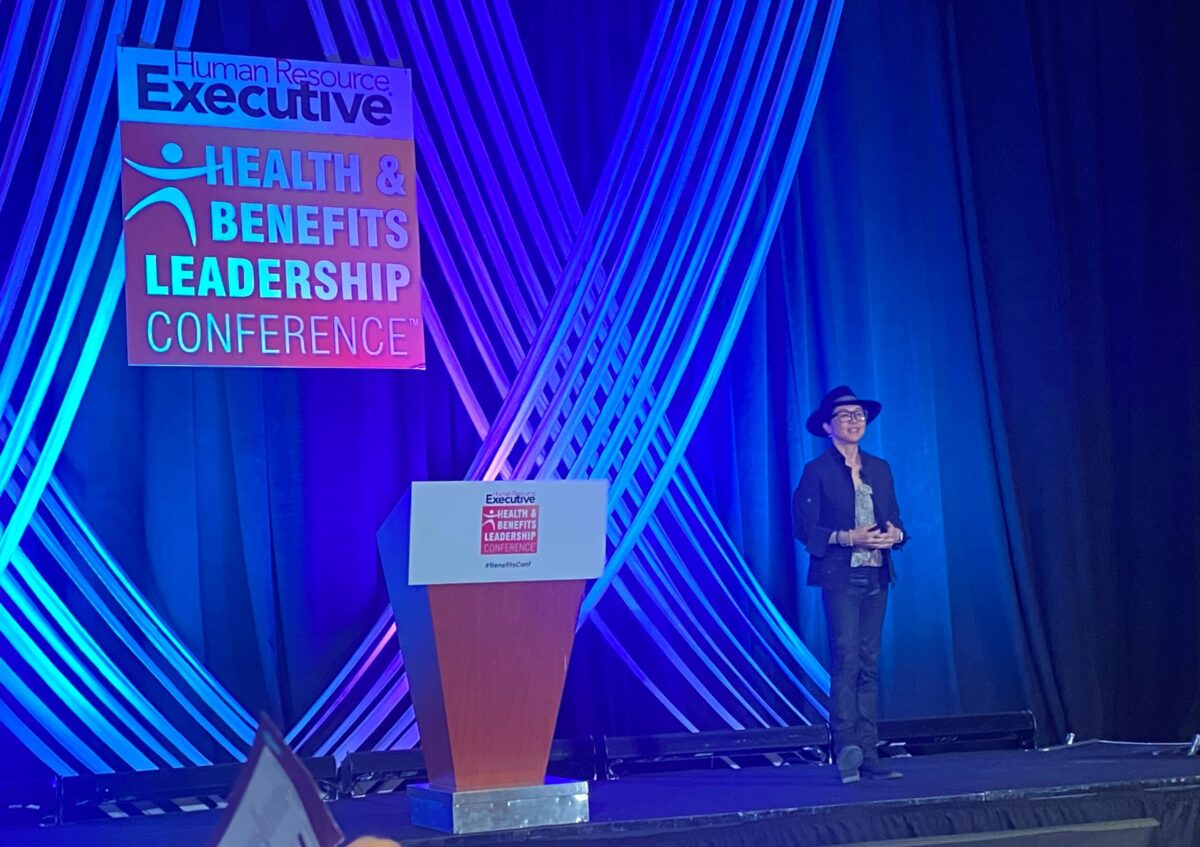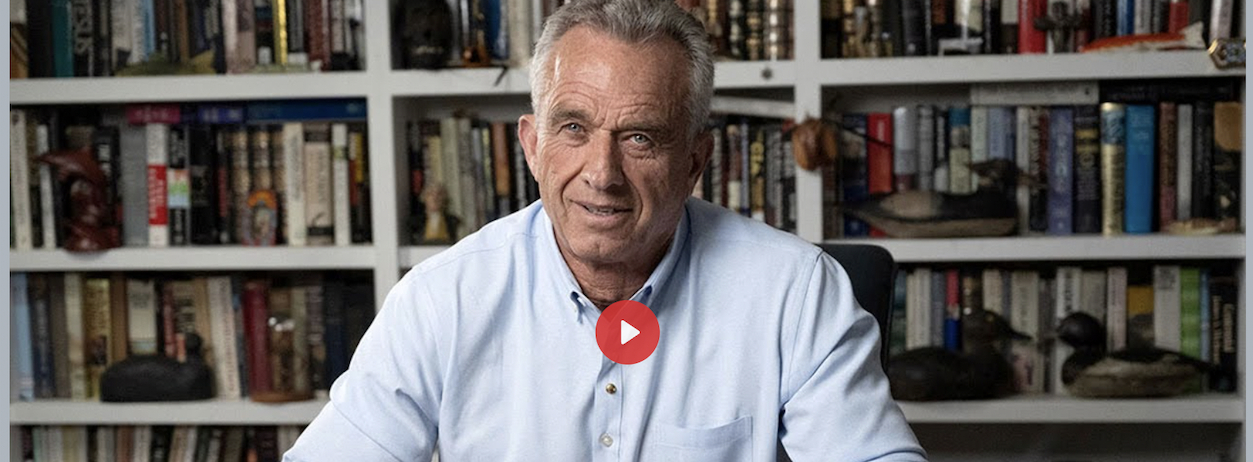Where were you in 2020 BC (Before COVID)?
At the time, HR and benefits leaders were focused on engagement, retention and productivity—but looked at those concepts largely from a business perspective, not through the lens of employee happiness.
Then, the world got “2020’d,” said author and workplace expert Jenn Lim during Tuesday’s opening keynote at the Health & Benefits Leadership Conference in Las Vegas. There was a confluence of major change events: While experts had long predicted massive shifts from events like climate change, economic upheaval, disruptive technology, social justice movements and even a potential global health crisis, few could have foreseen it would all happen in just one year.
“What’s different now? The whole world is different; everything’s changed,” said Lim, author of Beyond Happiness: How Authentic Leaders Prioritize Purpose and People for Growth and Impact.
HR’s business goals are still front and center, but now, in “2023 AC,” leaders are increasingly recognizing how intrinsically those objectives are linked to employee happiness. And it’s in part being driven by an “awakening” among the workforce.
More from HBLC: Coverage of the 2023 event from Las Vegas
According to McKinsey, the top reasons behind trends like the Great Resignation and quiet quitting are that employees don’t feel cared for by their managers and their organizations and feel that they don’t belong. Another study, by MIT Sloan, found that toxic corporate culture is the top driver of turnover; while that was true before COVID as well, now, employees are 10 times more likely to value company culture over compensation, Lim says.
The science of employee happiness
So, should leaders just be working to keep employees happy? Not exactly, says Lim.
The transformations over the last few years have opened many employees’ and leaders’ eyes to what happiness really means: When you feel authentic to yourself, you’re following your purpose, you’re not tethered to technology—but rather, you’re tethering technology to you because you understand it—you feel resilient, you have the ability to spend quality time with the people and pets you love.
And importantly, there’s a growing recognition that happiness isn’t a firm, tangible goal: It ebbs and flows—and that’s OK.
“People are waking up to something they hadn’t thought about before: Are they really going to wake up in the morning and go to sleep at night and be happy in every moment? No, that’s not realistic,” Lim says. “Now, people are thinking about how they want to wake up and go to sleep and at least just know that their life has been a bit more meaningful.”
Leaders are in a unique position, Lim says, to help employees get closer to their purpose. The events of the last few years have “lifted the hood” on systemic issues that were disrupting employee happiness and are enabling leaders to lean into empathy.
“Just 10 or 15 years ago, leaders couldn’t use those four-letter words like ‘love and ‘care.’ Leaders, if anything, are more respected when they use those words now, when they show compassion, show their own vulnerability,” Lim says.
See also: Empathy and a DEI ‘lens’: Keys to fueling sustainable people practices
It’s a valuable practice to encourage employees to understand their own spectrum of happiness—both the highs and the lows.
Lim offered a look at her own spectrum. Among the highs were her work pursuing Asian studies in college, finding success in the dot.com boom and co-founding Delivering Happiness with Zappos CEO Tony Hsieh. Her lows include the loss of her father to cancer, the impact of the dot.com bust on her career and the death of Hsieh in 2020.
That exercise can help employees, in concert with their leaders, identify what really matters to, and drives, them.
“It’s not about wanting to chase the highs all the time—it’s about living fully and meaningfully in the highs and the lows,” Lim says. “There’s psychological safety in recognizing your strengths and your shadows, your bright spots and your blind spots, your resilience and your fears.”
Tying happiness to business success
The science of employee happiness can be scaled organization-wide with the “Greenhouse model,” Lim said.
Envision a pyramid, she said, with company values at the foundation: It’s not enough to create a statement of organizational values. Leaders must also ensure they’re being lived daily and reinforced through rewards and recognition. At the top of the pyramid is “higher purpose”: Are workers doing something greater than themselves? This is where it’s especially important to align personal and organizational purposes.
And in the middle of the pyramid, “gluing it together,” is the “Greenhouse model”: Leaders need to be responsible for consistently tending to and growing their employees.
But, Lim notes, they must also keep their own growth in focus—and know when they need to recharge, which, she says, is a particular concern for HR and benefits leaders, experiencing record burnout in the wake of the pandemic.
“Please, please try to nurture your own greenhouse,” Lim says. “As we’ve seen, and I believe, the more that we can do that, the more we can grow together—better.”
Credit: Source link











